
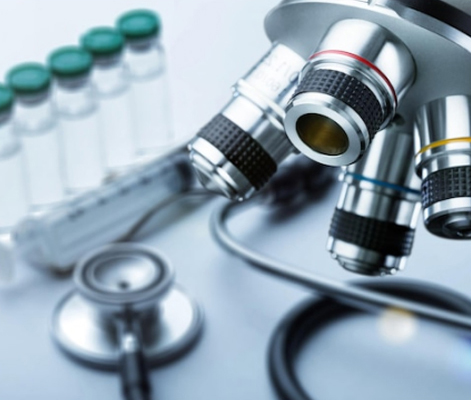

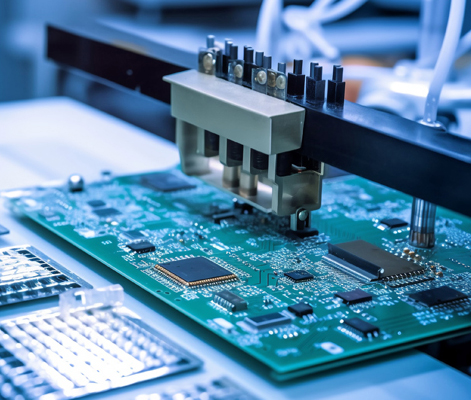

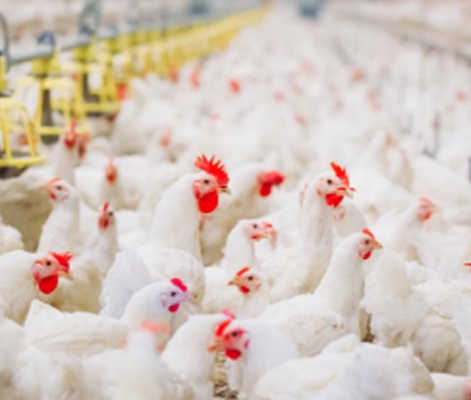

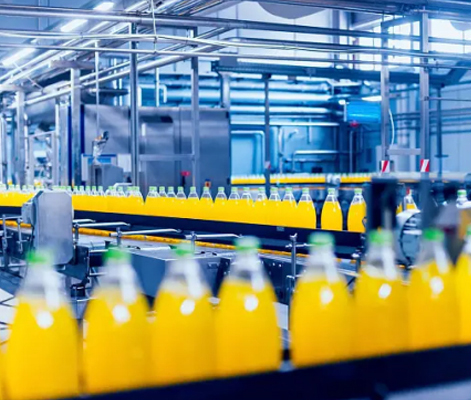

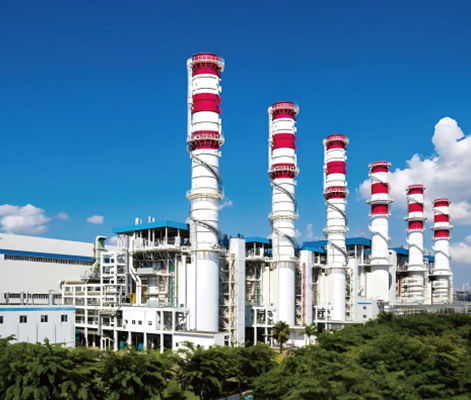

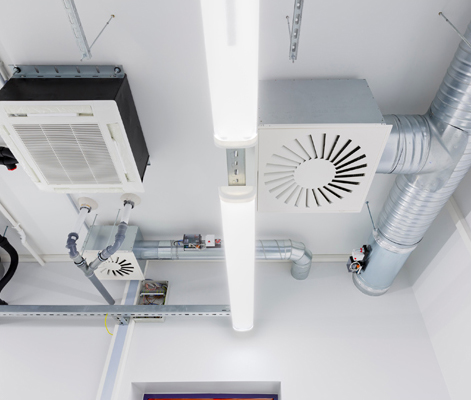









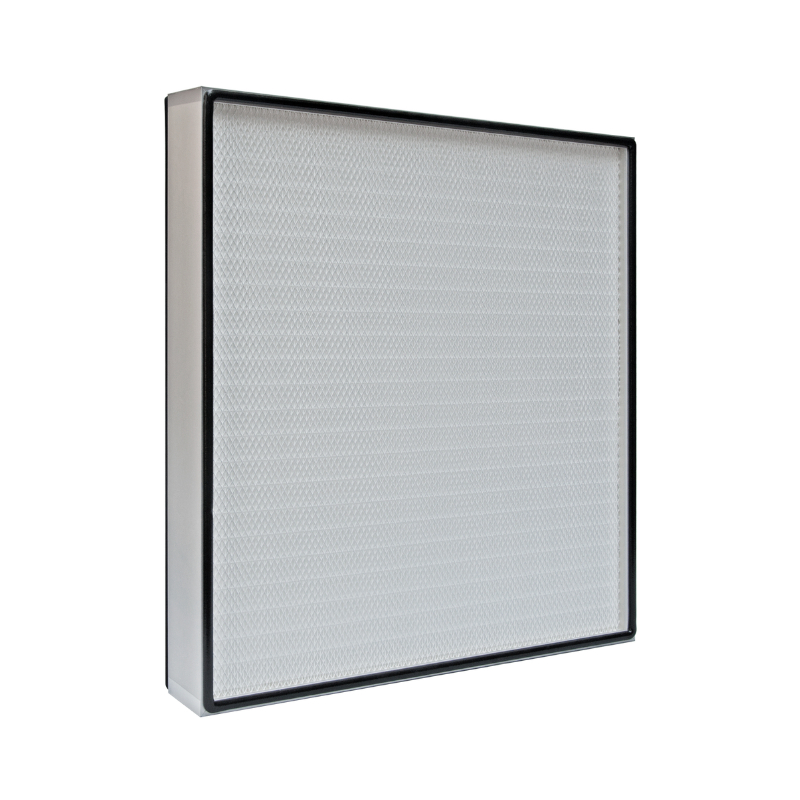
Высокая эффективность,хорошая герметизация, низкое сопротивление, долгая продолжительность жизни и Легкий, удобный монтаж и замена. |5|

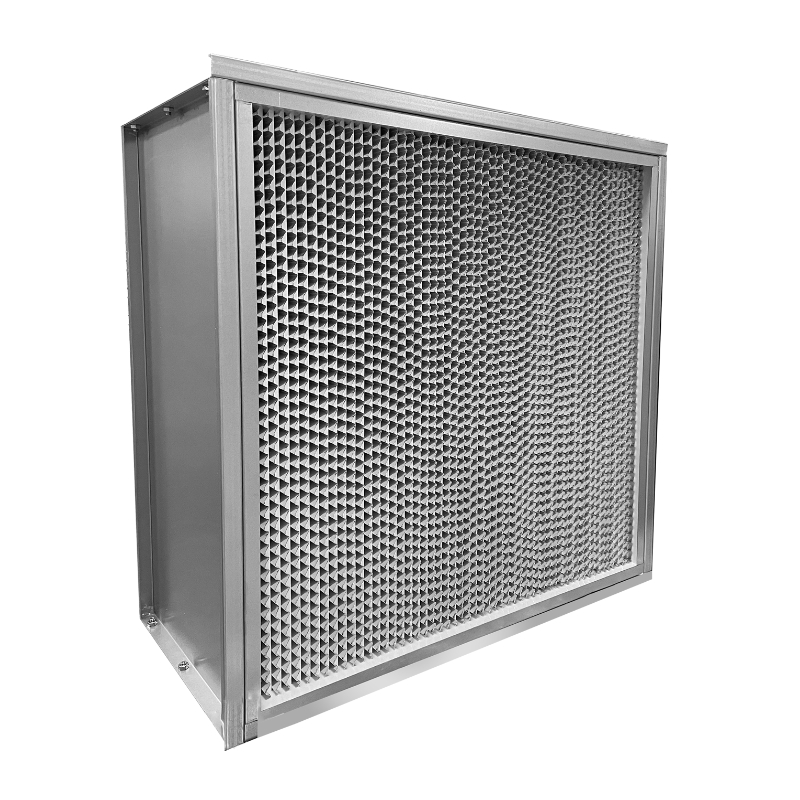
Конструкция складок клиновидной формы предотвращает повреждение фильтрующего материала.

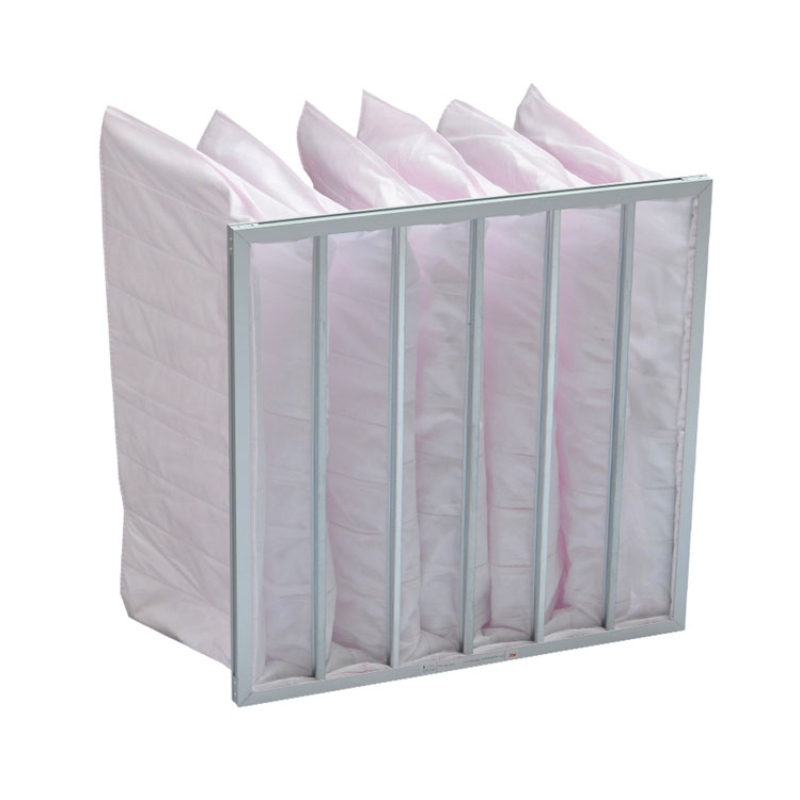
Большая пылеемкость и стабильная производительность, экономичность и доступность.

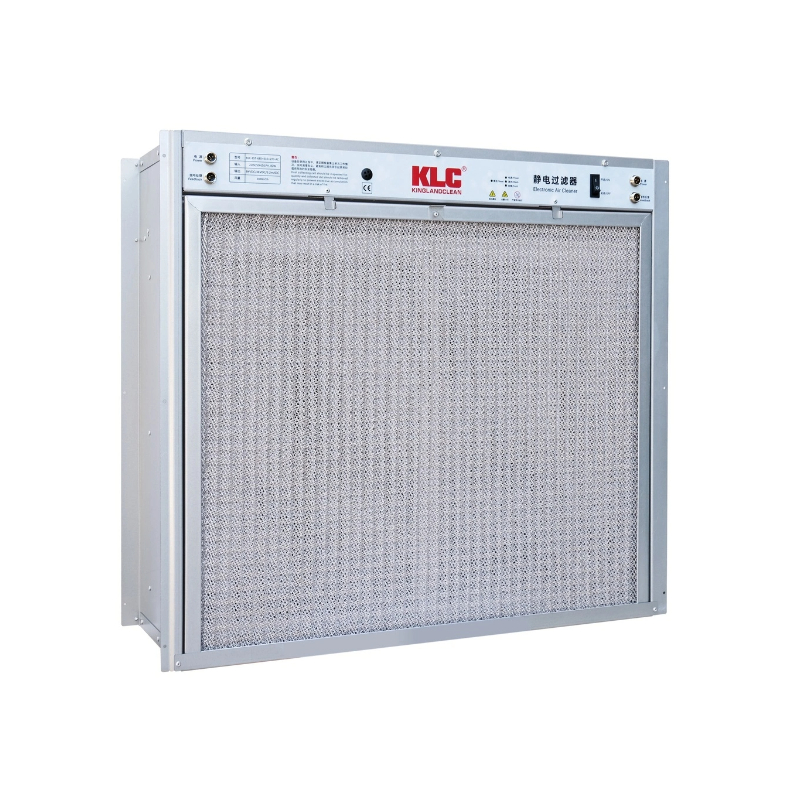
Низкое энергопотребление, низкие эксплуатационные расходы. Зеленая защита окружающей среды, отсутствие вторичного загрязнения.

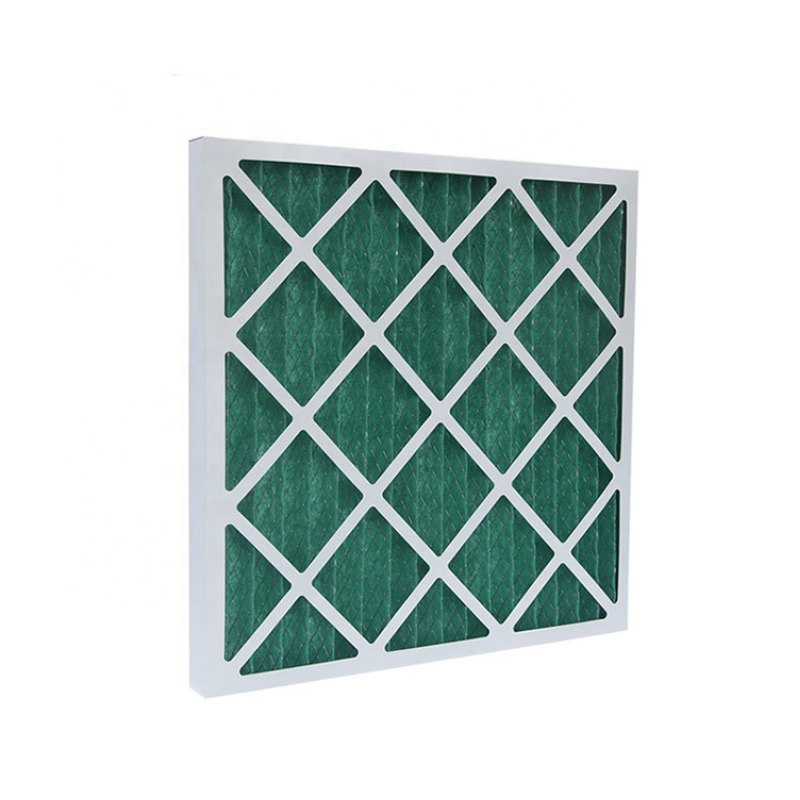
Идеально подходит в качестве фильтра предварительной очистки в вентиляционных установках, продлевает срок службы высокоэффективных фильтров.

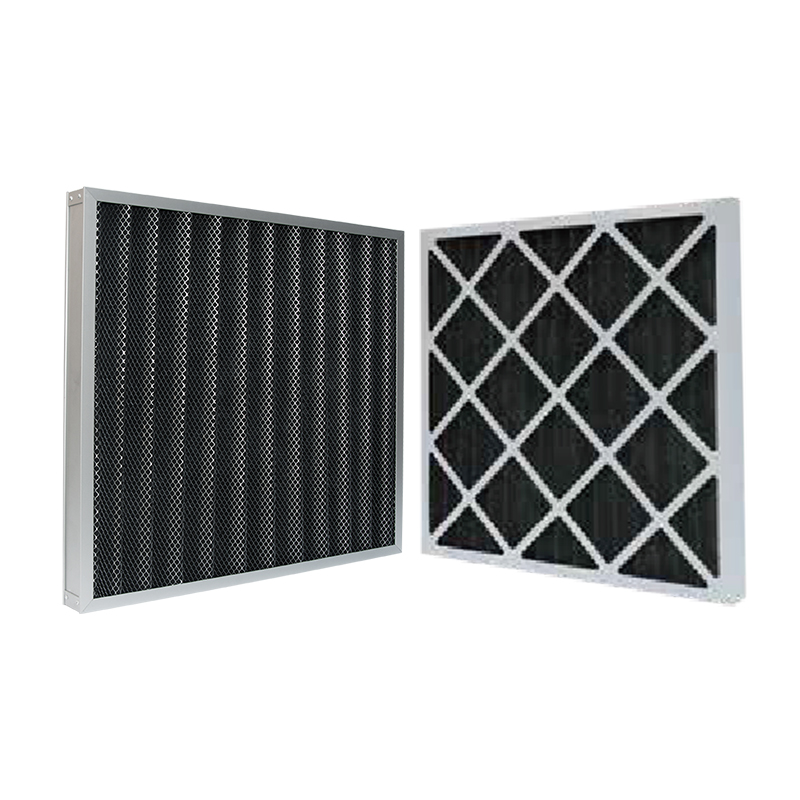
Используется высококачественный активный войлок или волокно из активированного угля для удовлетворения особых потребностей окружающей среды.

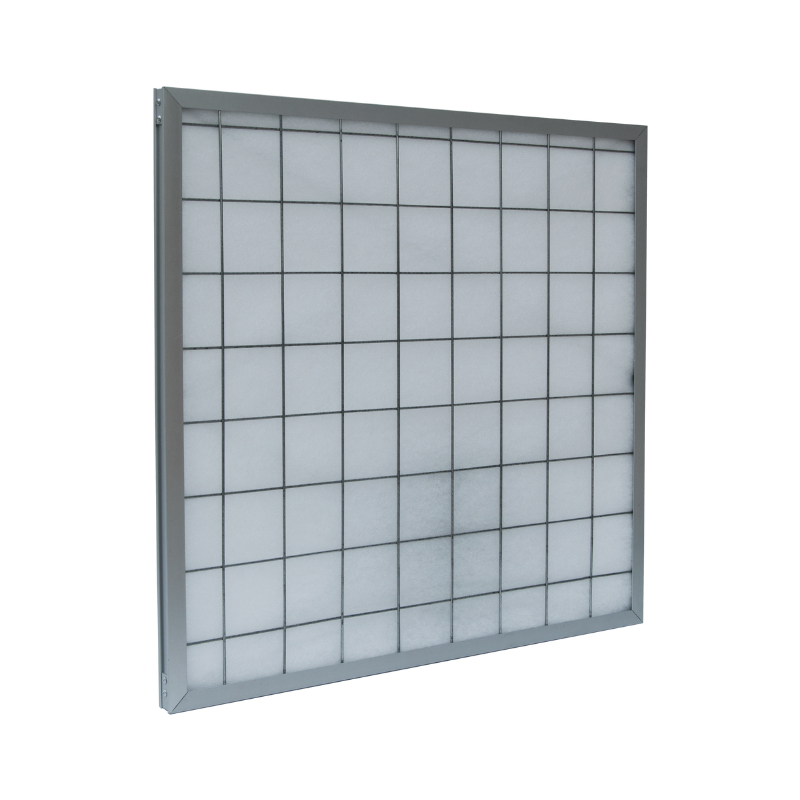
Моющийся, сменный фильтрующий материал. Высокая прочность, большой объем воздуха, небольшое сопротивление, высокая пылеемкость.

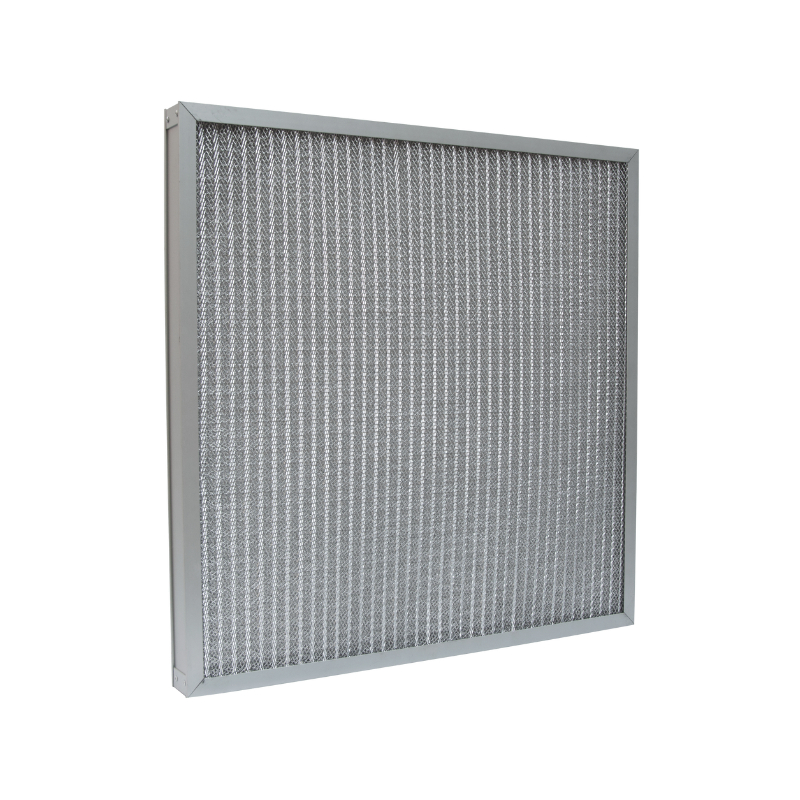
Подходит для кислотных и устойчивых к влаге сред.

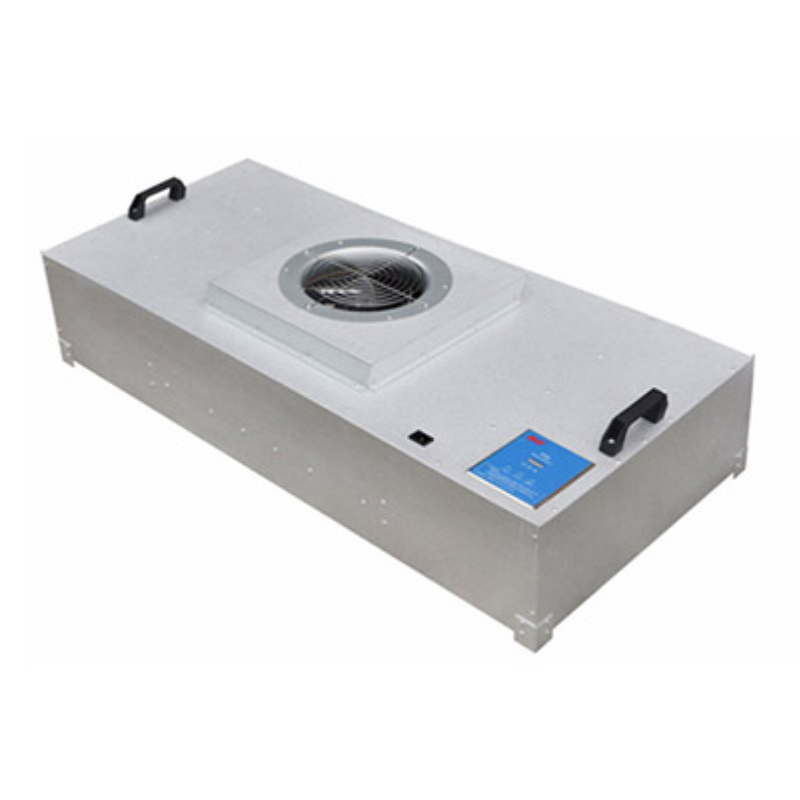
Стандарты ISO14644-1, с защитой от перегрева для повышения безопасности пользователей.
Поверхность гладкая и блестящая, меньше сопротивление воздуха и хорошая звукоизоляция. Специальная конструкция входа воздуха и эффективное снижение шума.

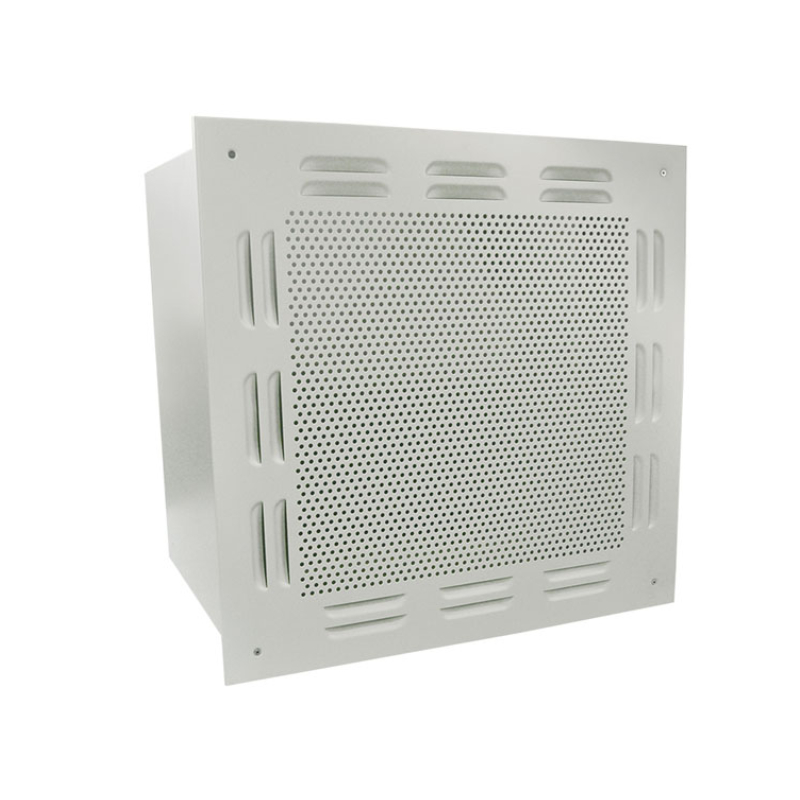
Дизайнеры тщательно спроектировали пластину диффузора, чтобы обеспечить скорость воздушной струи и предотвратить создание вихревых токов в изделии.

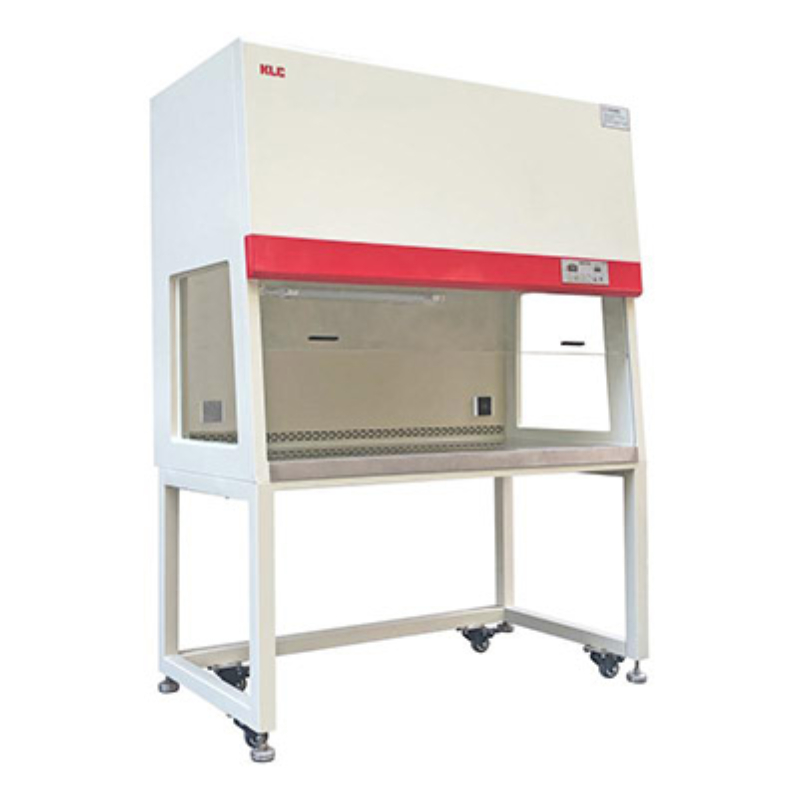
Это помогает свести к минимуму риск перекрестного загрязнения в результате деятельности оператора, обеспечивая безопасность как оператора, так и обрабатываемых образцов или продуктов.

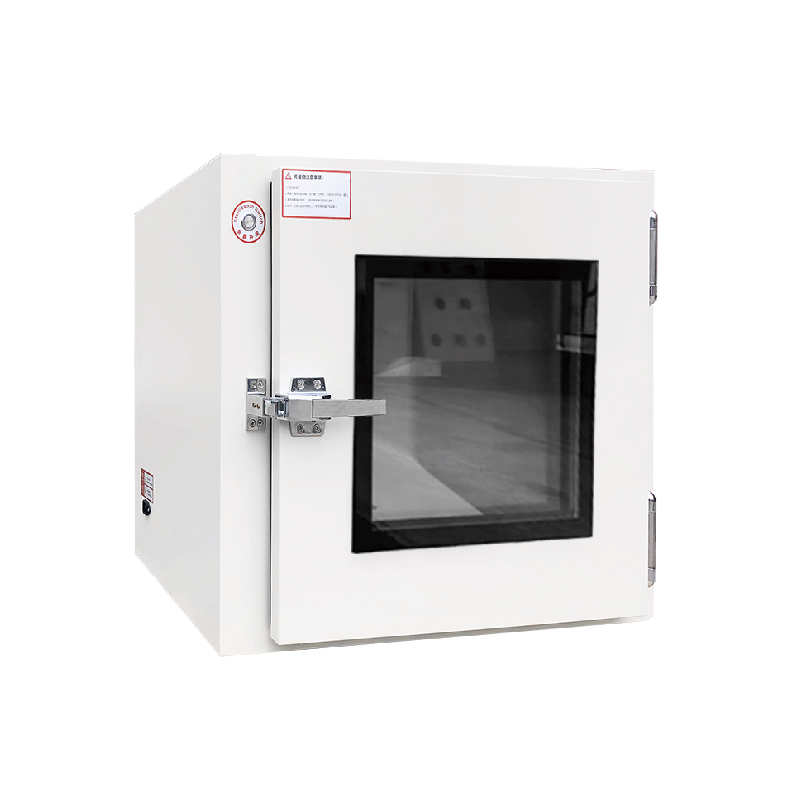
1. Внутри используется полированная нержавеющая сталь, плоская, аккуратная и удобная для ношения. Материал поверхности передаточной коробки — холоднокатаная сталь или нержавеющая сталь.
2. Двери с двух сторон с механическим или электронным устройством блокировки позволяют двум дверям не находиться в открытом состоянии одновременно.
3. Передаточная коробка со специальными уплотнительными полосками для обеспечения воздухонепроницаемости.

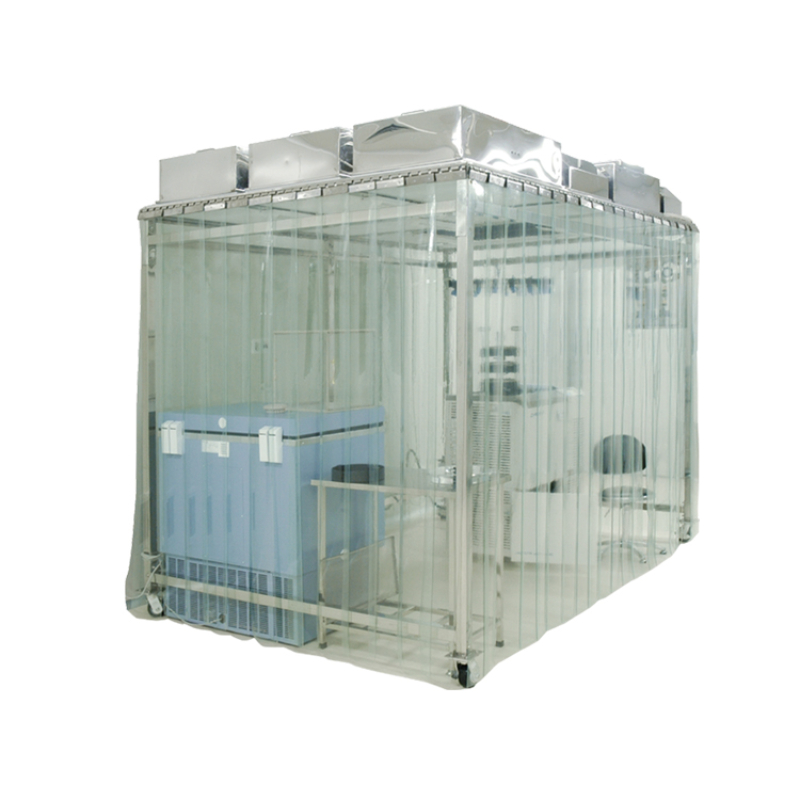
♦БЕСПЛАТНЫЙ ДИЗАЙН
♦ЦЕНА ЗАВОДА
♦ЛЕГКАЯ УСТАНОВКА
♦СВОЕВРЕМЕННОЕ ПОСЛЕПРОДАЖНОЕ ОБСЛУЖИВАНИЕ

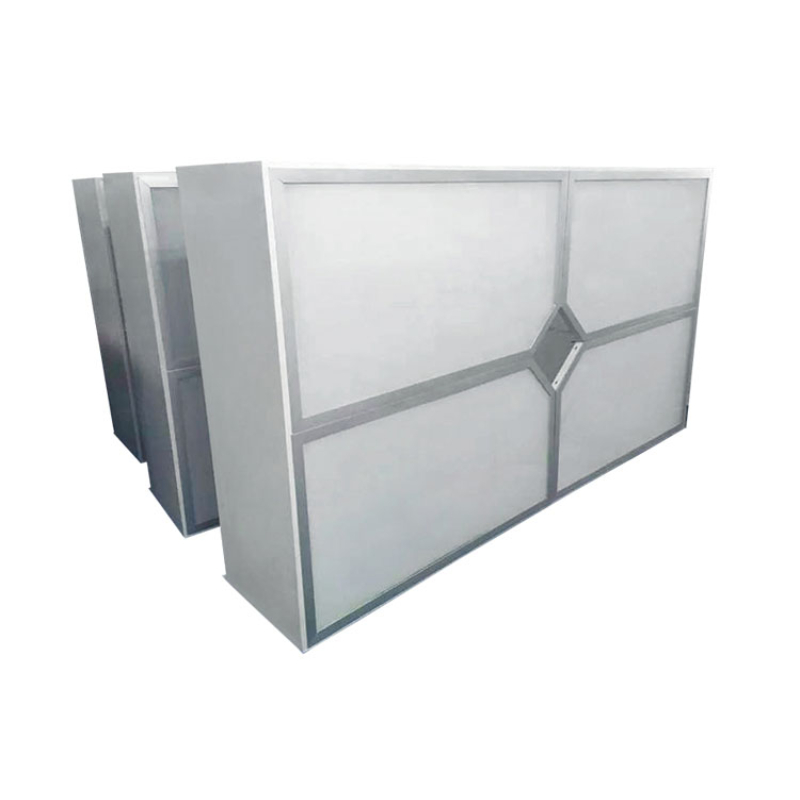
Использование передовой технологии дренажного слоя сопротивления, которая обеспечивает разумное распределение воздушного потока внутри чистого помещения, эффективно гарантирует чистоту в помещении.

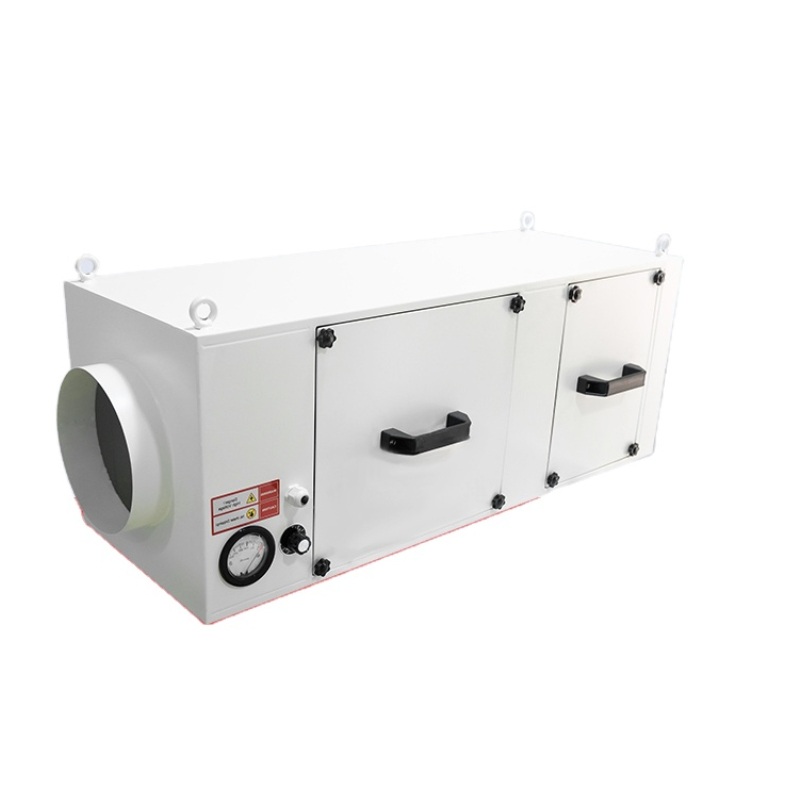
Конструкция предназначена для подачи или выпуска воздуха на большие расстояния, что обеспечивает отсутствие необходимости в обслуживании, низкую вибрацию, низкий уровень шума и большую мощность подачи воздуха. Подвешивание или напольный монтаж свободно.

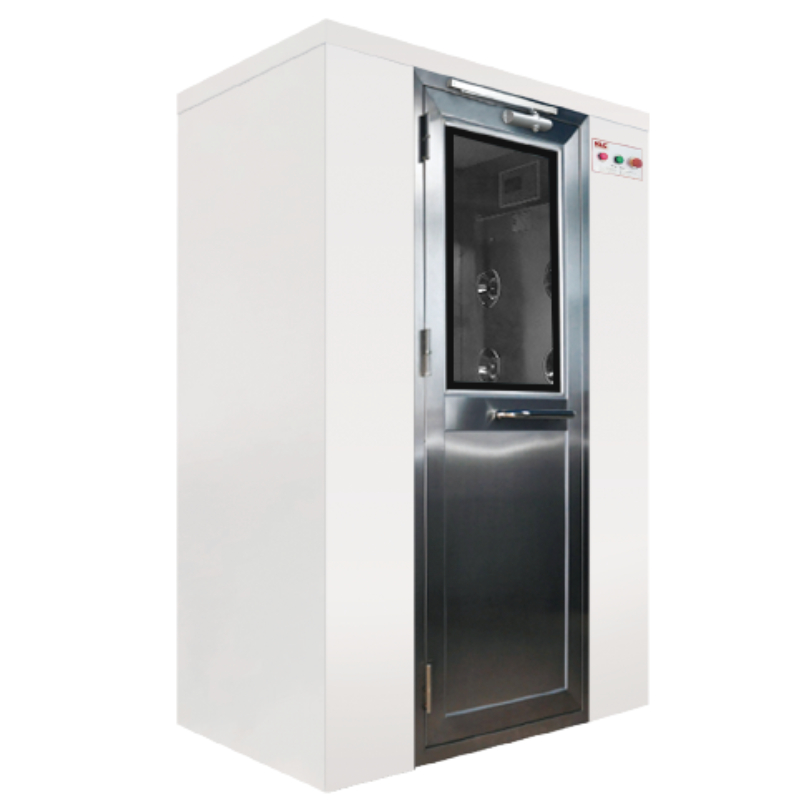
Интеллектуальное управление. Регулируемое время обдува и система блокировки. Сильный воздухопроницаемый эффект. Сопла из нержавеющей стали с трех сторон и большой объем воздуха. Малошумный вентилятор.


